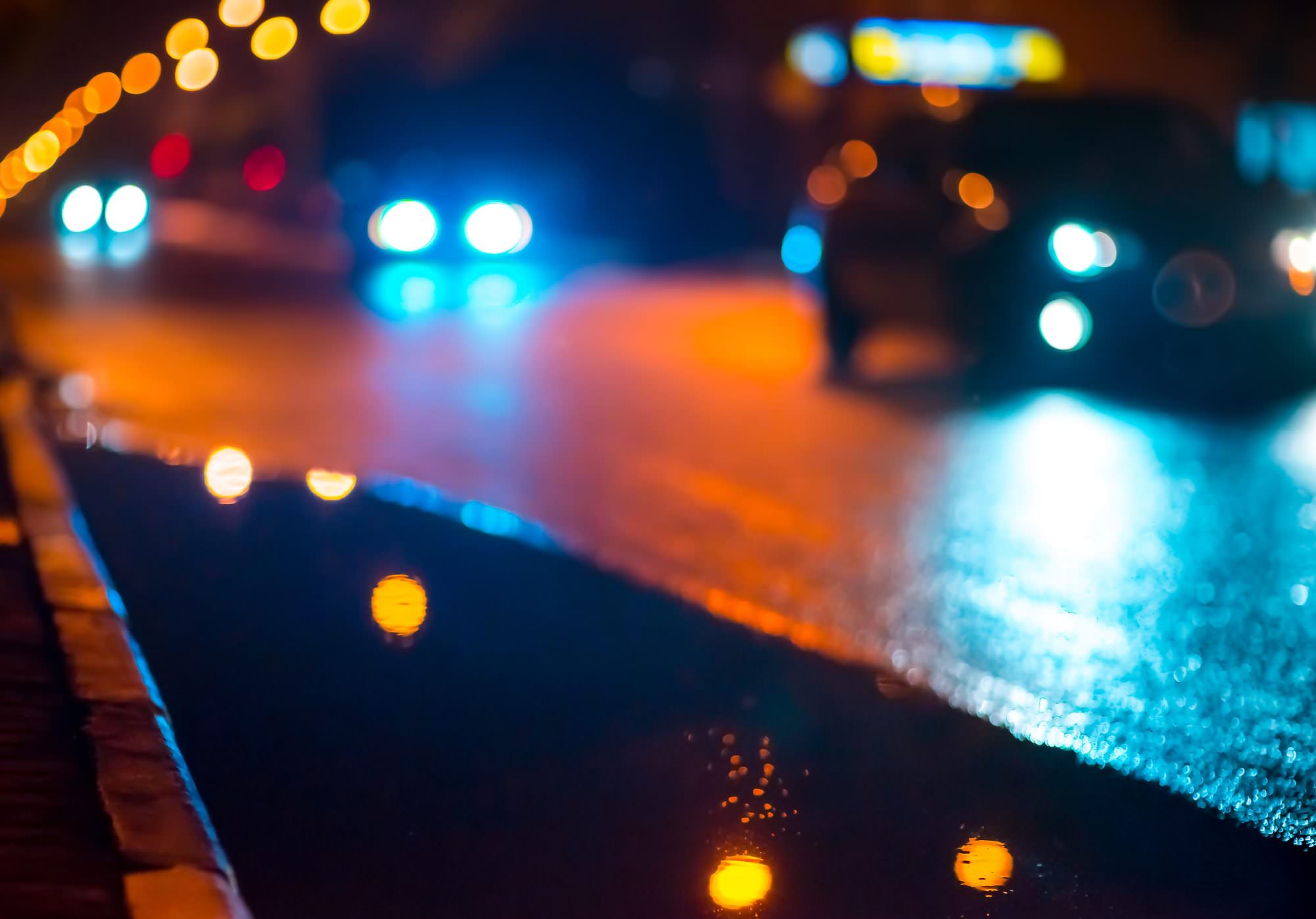Driving at night is a very different experience to driving during the day, and is much more dangerous than many people realise.
Fact: the highest rate of road fatalities per mile travelled is between 9pm and 4am.
So what makes driving at night so dangerous?
Reduced visibility
When it’s dark outside it becomes much harder to see into the distance, and to spot vulnerable road users, such as pedestrians, cyclists and motorcyclists. It also takes your eyes time to adjust to the darkness when you come out of a lit building or after driving on a well-lit road.
Furthermore, judging speed and distance is more difficult and it can feel like things seem to appear out of nowhere.
Tiredness
Night time is generally when our natural alertness is at its lowest. This reduces reaction time and concentration, and can lead to poor decision-making.
According to Brake, the risk of death or serious injury through drivers falling asleep is high because sleep-related crashes tend to be at high-speed as drivers are not alert and so they cannot take action before crashing.
Fact: 20% of serious accidents on motorways in Great Britain are sleep-related.
Tips for safer driving at night
The safest, and most obvious way to avoid the risks of nighttime driving is to not drive at night. If possible, consider other methods of transport that might be safer, such as catching the bus or train. However if driving at night is unavoidable, these tips will help you stay safe:
- Be prepared for the unexpected by driving at a speed that will allow you to spot hazards in good time. This may mean driving more slowly than you normally would, and taking longer to look at junctions.
- Clean your windscreen inside and out because a dirty windscreen can reduce visibility. Check that your lights are fully working before you set off as it’s illegal to drive with any of your lights out. Remember: brake lights can also cause dazzle. Try not to keep your foot on the brake pedal if you’re queuing in traffic – put the handbrake on if you know you’ll be there a while.
- Before going on a long journey during the night, make sure you get a good night’s sleep and plan your journey to include rest breaks. Remember: you should take at least a 20 minute break for every two and a half hours of driving. If driving with other people, sharing the driving might help make the journey easier.
- Familiarise yourself with what route you’re going to take before you set off, even if you plan on using a sat nav. As it’ll be dark, it will be harder to see road signs and, although most sat navs have a night mode, you might find that its light is distracting. Read our blog post on safe driving with a sat nav.
- If you have recently passed your driving test, consider taking a Pass Plus course. Pass Plus includes a module on driving at night so you can get some experience of driving in the dark before you’re behind the wheel on your own.
